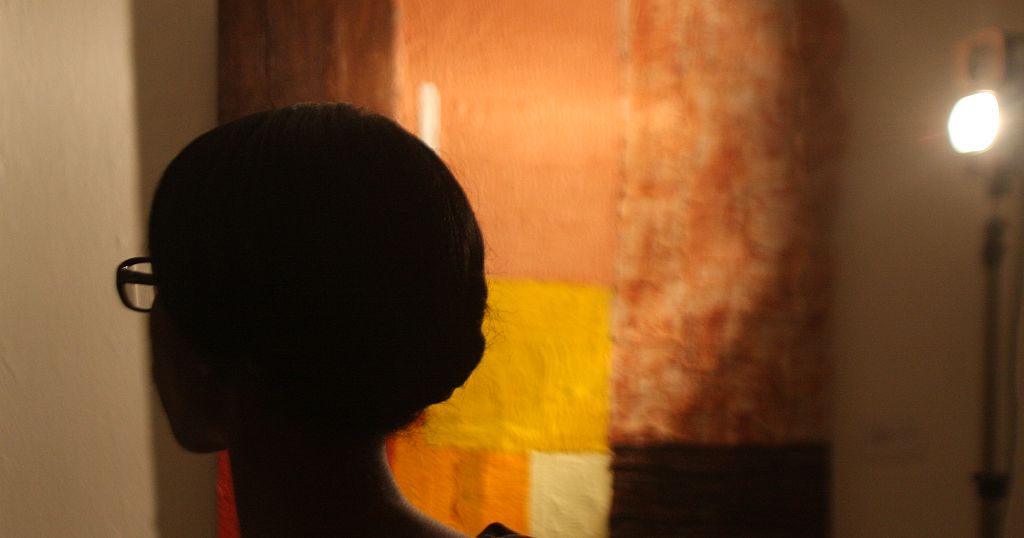A new exhibition at London’s Tate Modern museum is showcasing the development of Nigerian modernism, covering approximately 50 years from the 1940s to the 1990s. The exhibition features over 300 works of art by around 60 artists, spanning various mediums such as textile, sculpture, painting, and ceramics. According to Bilal Akkouche, assistant curator of International Art at Tate, the aim is to reflect the broad and rich artistic output of Nigerian artists during this period.
The exhibition, which is the first UK exhibition to address the development of this 20th-century art movement, highlights how Nigerian artists combined European techniques with their own indigenous traditions. Many artists during this period took inspiration from their surroundings, with some, like Muraina Oyelami, featuring landscapes and earthy tones inspired by their hometowns. Oyelami’s paintings, for example, often depict scenes from his hometown of Iragbiji, to the north of Ibadan.
Tate Modern’s exhibition seeks to give Nigerian artists the recognition they deserve, placing them alongside prominent European artists like Picasso and Matisse. Akkouche notes that the museum wants to break down the idea of Western modernity being the only interesting or worthy aspect of art history. By showcasing Nigerian modernism, the exhibition aims to provide an in-depth study of the country’s artistic production and cultural significance.
The exhibition has been hailed as a significant milestone for Nigerian art in Europe, but some artists, like Oyelami, believe that their work should not be viewed as separate or distinct from the global art scene. Oyelami emphasizes that art is universal and that his work, in particular, is meant to be understood and appreciated by all, regardless of cultural background.
Nigerian Modernism will run at the Tate Modern in London until May 10, 2026, providing a unique opportunity for international audiences to experience the diverse and incredible artistic production of Nigerian artists during the 20th century. As the first exhibition of its kind in the UK, it is likely to spark further interest and exploration of Nigerian modernism and its significance in the global art landscape.
